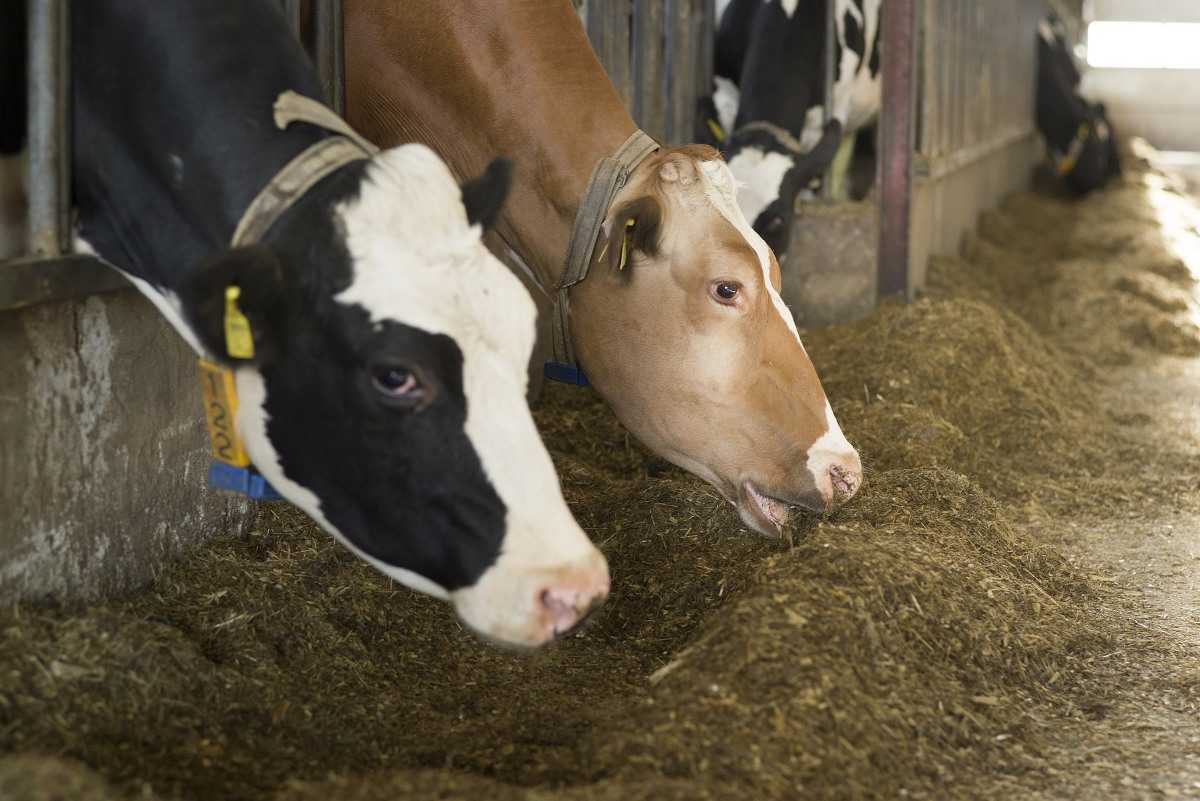
Getting the best value for your money when buying compound cattle feed is important. You should be aware of the ingredients used, the costs involved, and the growing demand for animal protein.
Contents
Ingredients used in compound feed
Increasing demand for meat and dairy products is one of the main factors driving the demand for compound feed ingredients. However, the ingredients required by the feed industry are not readily available and thus, there is a shortage in supply of processed feeds for livestock producers.
In order to improve the nutritional value of animal feeds, compound feeds are produced from a variety of ingredients. These ingredients include various oil seed cakes, vitamins, minerals, agro-industrial byproducts, and amino acids.
The main ingredient required by the feed industry is wheat. The amount of ingredient needed by the industry varies based on the number of animals needing feed. The cost of feed ingredients is determined by a combination of the raw materials, transport, and taxes. Some feed manufacturers also include costs of financing.
The cost of ingredients varies based on the availability of alternative ingredients. Feed ingredients are susceptible to mycotoxins and fungal attack. Feed manufacturers should conduct fast and accurate analysis in order to minimize costs and ensure quality.
Cost of making compound feed
Increasing demand for livestock commodities is boosting the need for compound cattle feed. However, a high inflation rate and low supply of ingredients are putting a dent in the affordability of compound feed to livestock farms.
The main factors affecting the price of compound cattle feed are the supply of raw materials, quality and efficiency of production, and price of feed substitutes. In addition, the involvement of brokers and other taxes adds to the cost of feed ingredients.
Compound feeds are made up of different ingredients such as minerals, salt, premixes, additives, phosphorus and calcium. They are processed to improve the nutritional benefits and help reduce the cost of transportation and storage.
The cost of compound cattle feed depends on the cost of raw materials and the volume of animal units to be fed. In general, the cost of compound feeds are a combination of the cost of raw materials, the price of feed substitutes and the cost of transport.
Insect species used as animal feed
Increasingly, insects are being considered as an alternative source of animal feed. They can provide a sustainable and nutritious feed for livestock, while contributing to a sustainable and circular food chain. They are also considered as biofertilizers and can help improve the quality of livestock diets.
Insect species used as animal feed are selected for their nutritional value, ease of rearing, nutritional composition, and digestibility. However, regulatory and technical barriers prevent them from being fully utilized.
The most common insect used in insect meal is the black soldier fly (Hermetia illucens). This insect species contains up to 50% crude protein, has amino acid profiles similar to fishmeal, and is used in fish feed as well as shrimp feed. It has also been recognized as a protein source for poultry and pigs.
The European Food Safety Authority (EFSA) recently released its first report on insect feed risks. It found that the risk of insect consumption in the food chain is low, and that risks depend on the insect species.
Growing demand for animal protein
Increasing demand for animal protein from compound cattle feed is driving the market in Asia Pacific. The market is undergoing rapid growth with a considerable CAGR between 2022 and 2027.
A study was conducted to assess the current supply and constraints in the livestock product industry. The study gathered primary and secondary data from various sources, including livestock farms, dairy and beef farms, private feed processors and suppliers.
The study revealed that the highest gap between the supply and demand of livestock products was observed in dairy and beef farms. This gap is indicative of scarcity of cereals and the high cost of oil seed. It is vital to maintain a balance between the production and consumption of animal products to ensure the health and welfare of livestock and the people.
The study revealed that the demand for animal source food is increasing due to urbanization and the increased income at disposal. The study also indicated that the quality of the product is becoming increasingly important in China. The leading players in the industry have invested in R&D to address the changing consumer preference and demand.





